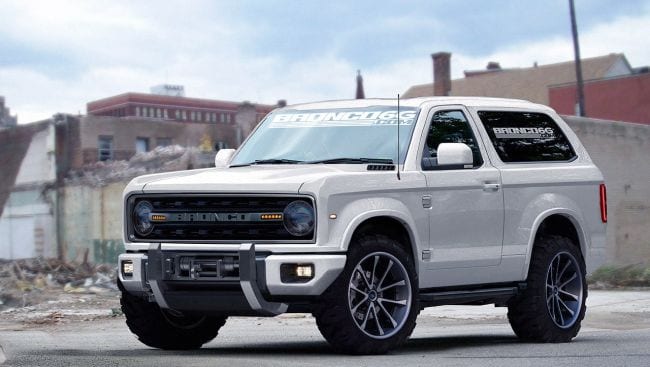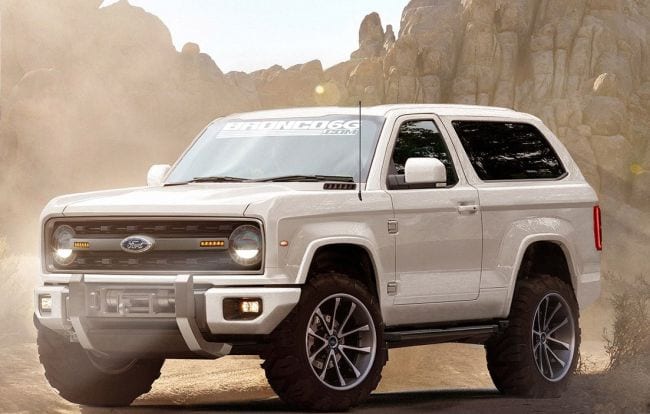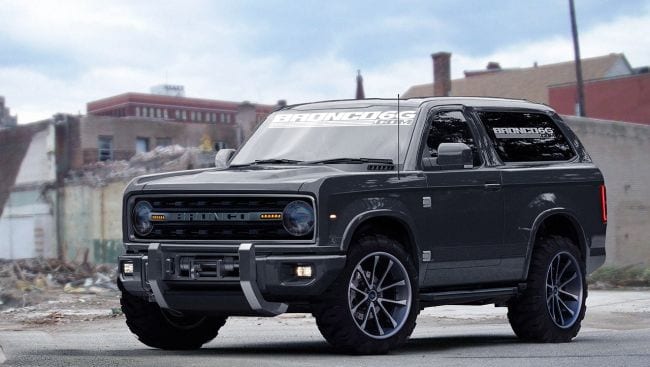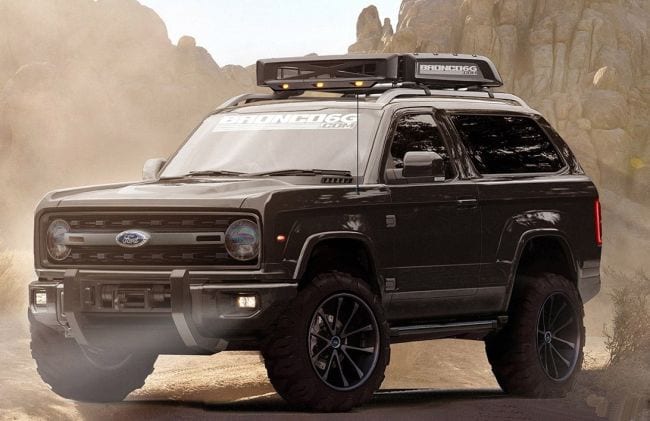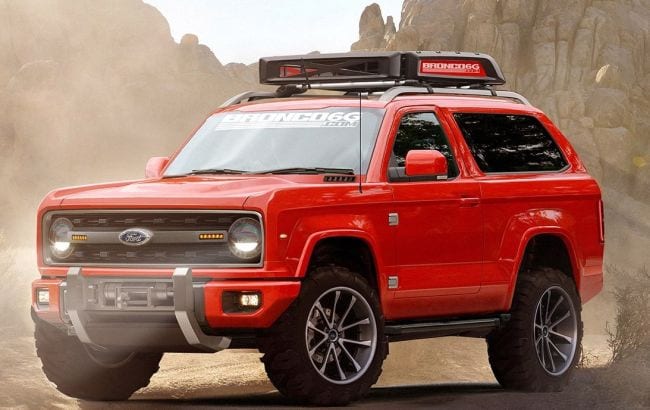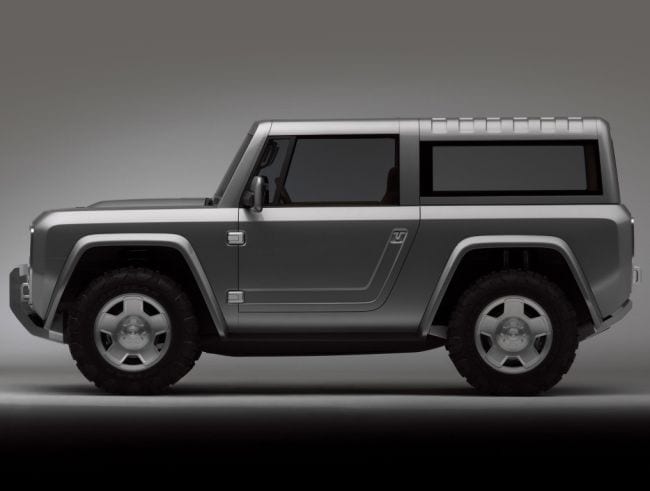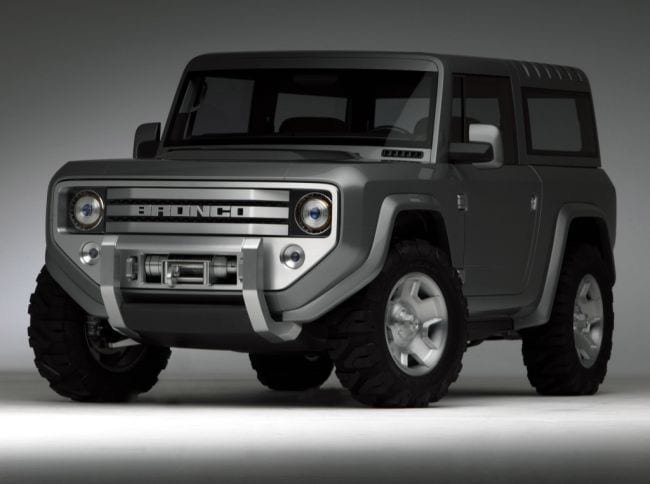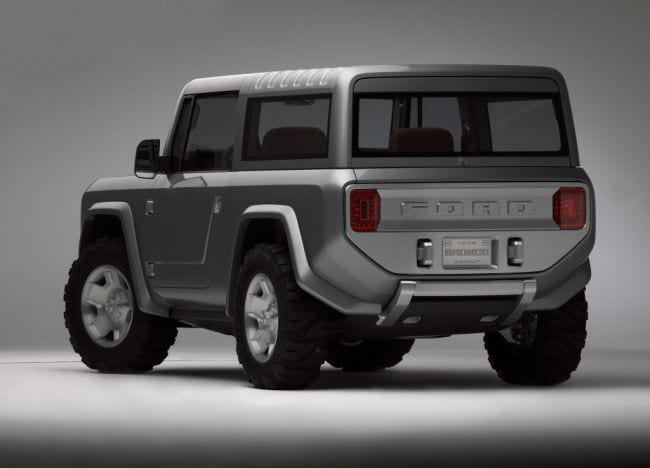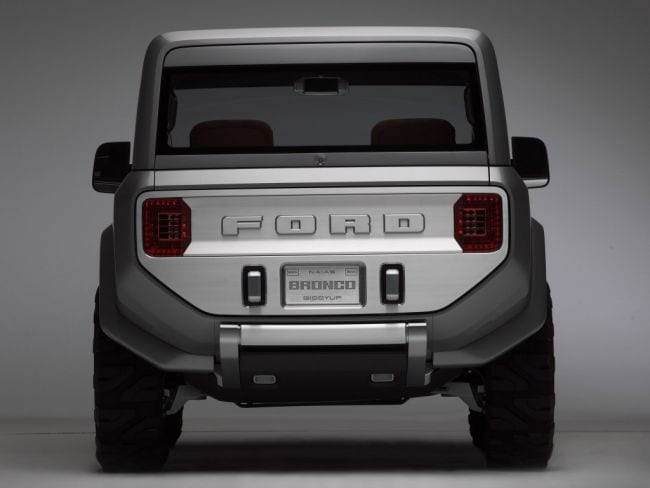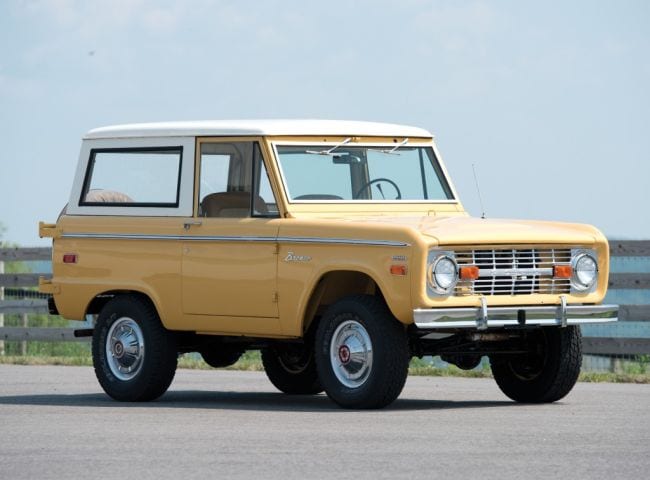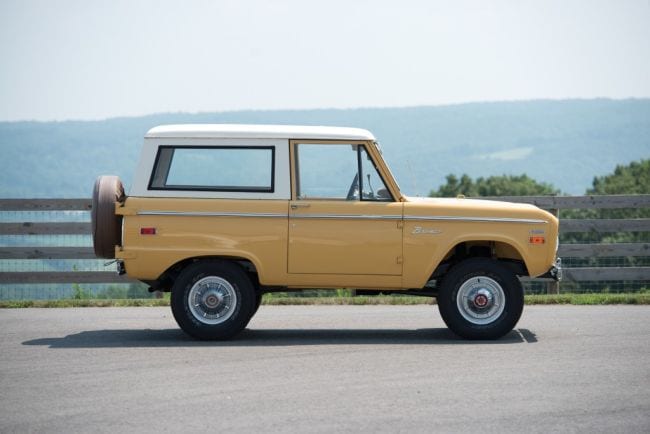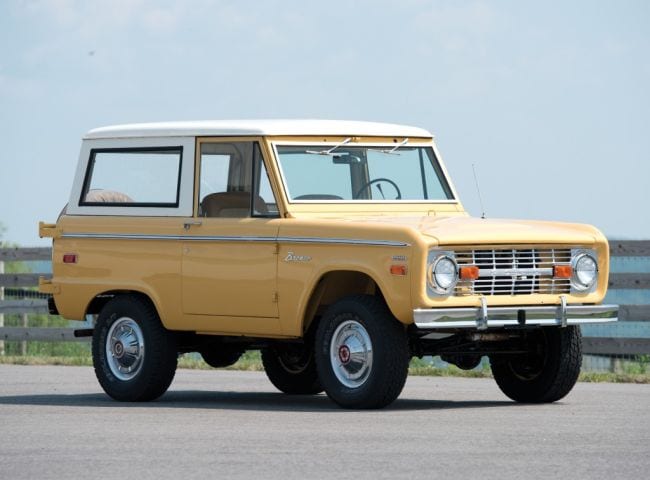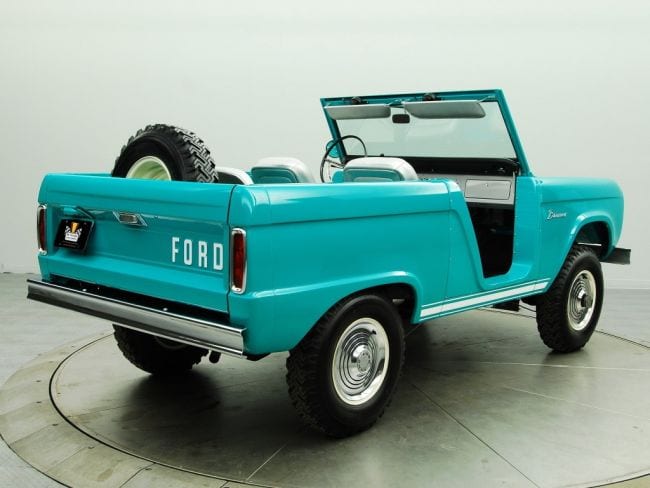Back in the 1960s, Ford Motor Company produced muscular vehicles that were available to everyone because of their low prices. At that time, Mustang represented the popular sports car and the man behind it, Donald Frey, general manager of the company, decided that a tough 4WD SUV had to be produced.
The Bronco received five major model updates through the years with the last one rolled off the assembly line in 1996. In those years, Bronco was not so popular, because people were looking for four-door SUVs and thus Ford came up with the Expedition in 1997.
Earlier this month, Ford confirmed that the Bronco will make a comeback in 2024 and everyone went crazy. We only know some minor details about the new model, but immediately after the announcement, rumors spread around the web, which is no wonder considering how cool that vehicle was. But why was Bronco so popular?

Ford Bronco Design
Simple is the best word to use if you want to describe the classic Bronco from the 1960s. There was honesty to the shape of Ford’s iconic vehicle just like there was to the International Harvester Scout that was launched in 1961.
Ford’s vice president of design Moray Callum and the owner of a 1976 Bronco said: “I think there is a nice simplicity to the design—there’s nothing frivolous about it. There’s a friendliness to the Bronco that I think people are attracted to.”
The CEO, designer, and the founder of the Icon 4×4 Jonathan Ward reimagined the early Bronco and said: “Everything you lay your hand upon serves a specific intent or purpose. The amount of metal used in the first-generation models makes them more trustworthy, easier to restore, and more appealing on a deeper level than the newer ones. It recalls an era of long-lasting craftsmanship in vehicles.”
Throughout the history, the design of the Bronco didn’t change, or when it did, the changes were minor which also contributed to its popularity. Callum stated: “When you look at that first generation, that sheet metal lasted for 11 years. The only changes we made were for regulations. I think the Bronco remained quite endearing as a result.”
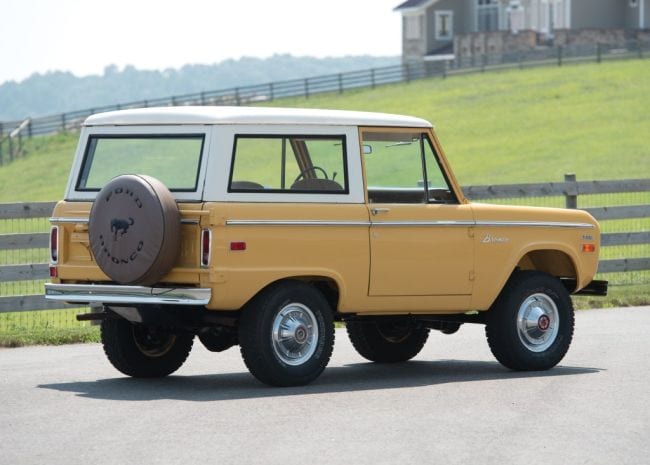
On- and Off-Road Vehicle
At that time, the Jeep CJ was produced, and it was a military vehicle that was adjusted to be the civilian. A lot of compromises had to be made for this SUV to offer ruggedness for regular Joe, but Jeep CJ remained underpowered and couldn’t haul much. What also lacked on this model was full metal doors and a minuscule body, here is what Ward sais about this vehicle: “The CJ’s ergonomics are limiting. It’s difficult to climb into and it’s very small once inside.”
With the new Bronco, Ford wanted to fix these limitations Jeep had, and because of that, the new model arrived with serious technical innovation as well. The 1966 Bronco was available as a pickup, wagon, and roadster and all of these three had a 92-inch wheelbase, because of which there was a lot of room inside.
With additional length, the vehicle became stable, which meant better on- and off-road ride. Instead of the solid axles with a leaf spring suspension at each corner, the Bronco used coil-spring suspension which located the front axle with a three-link suspension. Because of the specific open knuckle design, the new Bronco offered more steering angle and a tight turning circle.
“The Bronco certainly needed to be a legitimate vehicle for it to succeed in terms of its off-road capability,” says Callum. “It couldn’t be a fake off-roader.”
Compared to Jeep’s CJ, the driver of the Bronco would find it easier to maneuver, and the ride was smooth, plus the Bronco could carry more cargo than the rivals. These are great advantages Bronco had, but its engine was what really made this model special. Ford offered the 289 CID V8 as an option, which was sensational because no other carmaker offered a V8 in small 4x4s.
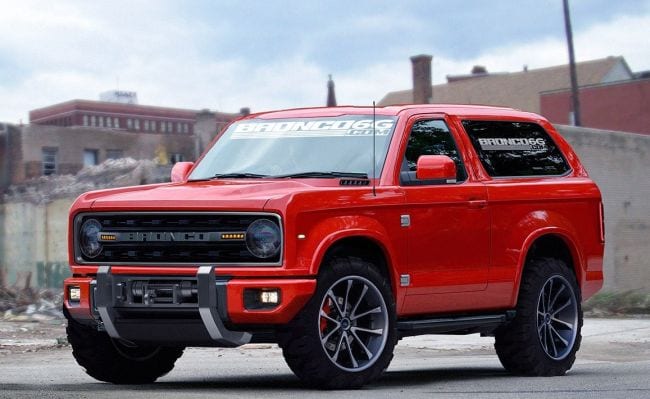
Race Car
Even though Ford Bronco was a tremendous off-road car, it was also a great race vehicle, just like the Mustang. Two examples of Ford Bronco were transported to Long Beach, California to racecar builder Bill Stroppe’s shop in 1965. Bronco historian Todd Zurcher said: “Bill Stroppe was very much like the Carroll Shelby of the Bronco world.”
Off-road racing was in its inception back in the 1960s, and Bill Stroppe won at an off-road race in Riverside, Cali after which he took the new Bronco to its first Baja NORRA Mexican 1000 in 1967. Ford’s off-road racing domination started off when Stroppe joined forces with the driver and veteran Indy 500 racer Parnelli Jones.
“I think the Bronco’s stout drivetrain really lent itself to the rigors of off-road racing,” says Zuercher. “I’d much rather race down the Baja peninsula in a Bronco than a Jeep CJ-5 just from a ride and handling standpoint.”
The first Bronco that was used in a race was almost stock, with some minor changes, but more significant modifications had to be made for the Baja race, and thus Big Oly was made. Big Oly got its name because of the sponsor, and it was equipped with a 351 CID V8 engine that produced almost 400 horses. This truck campaigned from 1970 to 1974, and it won Baja 1000 in 1971 and 1972. Because of this success, Ford decided to produce around 400 Baja Broncos from 1971-1975, which would later become the most wanted models in this vehicles lineup.
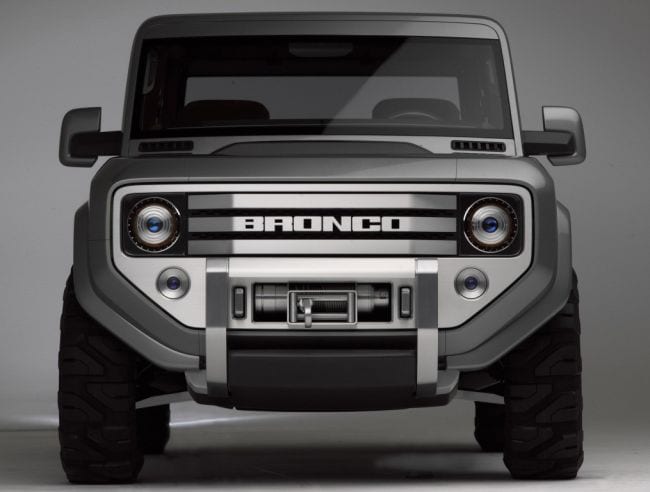
Collectible Vehicle
The iconic Ford Bronco has become one of the most desired collectible items, and one reason for this is the rise in popularity of classic 4x4s. McKeel Hagerty is a classic car maker expert and the CEO of Hagerty Insurance, here is what he said about the Bronco: “Early Broncos have a minimal, utilitarian appeal much like early Land Rovers, Land Cruisers, and Jeeps. A lot of older buyers have a fond memory of these, and a lot of younger buyers see them as a cool and unique predecessor to the SUVs they grew up with.”
Ward underlined: “It’s that romantic nostalgia that’s kept the Bronco in people’s minds,” says Ward. “The fact that there’s no related contemporary version available has kept it dominant in that collector market.”
Some restored Broncos were sold for over $100,000 at auctions, but even the regular Broncos in not so good condition are sold for a lot of money. According to Guide, a clean driver-quality early Bronco costs just below $30,000 while five years ago, those were priced at $14,500. Now, the 2020 Ford Bronco is coming, and everyone is excited.
“There’s a lot of interest inside the company for Bronco, and the pent-up demand is certainly there,” says Callum. “We better not screw it up.”
